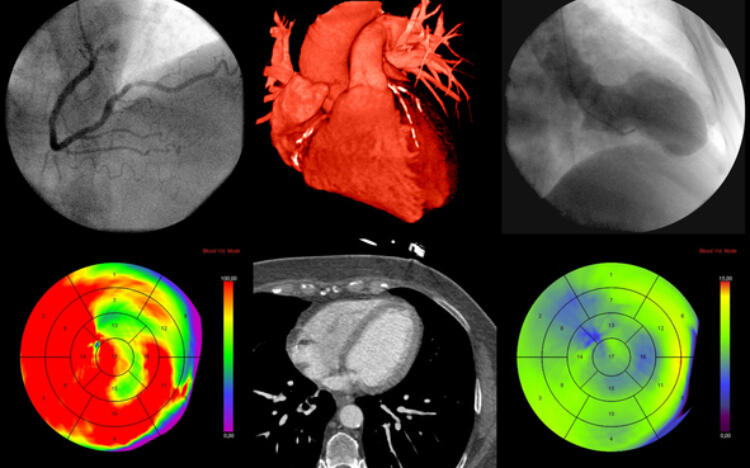Choosing Wisely Australia
Choosing Wisely Australia is an initiative that brings the community together to start important conversations among healthcare providers and consumers. These conversations aim to improve the quality of healthcare through reconsidering tests, treatments and procedures where evidence shows they provide no benefit or, in some cases, lead to harm.
Facilitated by NPS MedicineWise, it is led by a large cross-section of colleges, societies and associations that have identified practices that warrant scrutiny, and by examining the evidence and drawing on the expert opinion of their members, have developed lists of recommendations.
Three colleges and associations make recommendations on the use of X-rays for ankle injuries:
Produced by Australian and New Zealand radiologists and other health professionals about imaging (radiology) tests and procedures. It contains information for health consumers and treating health professionals, endorsed by the Royal Australian and New Zealand College of Radiologists (RANZCR).
Public information resource for patients about imaging (radiology) tests developed by physicians from the Radiological Society of North America and the American College of Radiology.
Fully funded by the Victorian Government, this website provides health and medical information about imaging and related health conditions and injuries that is quality assured and reliable, up to date, locally relevant and easy to understand.
Jointly funded by the Australian Federal Government and the governments of the Australian Capital Territory, New South Wales, Northern Territory, South Australia, Tasmania, and Western Australia, this website provides services, including high quality information about imaging and related health conditions and injuries, by acting as a portal to reliable and reputable sources.
